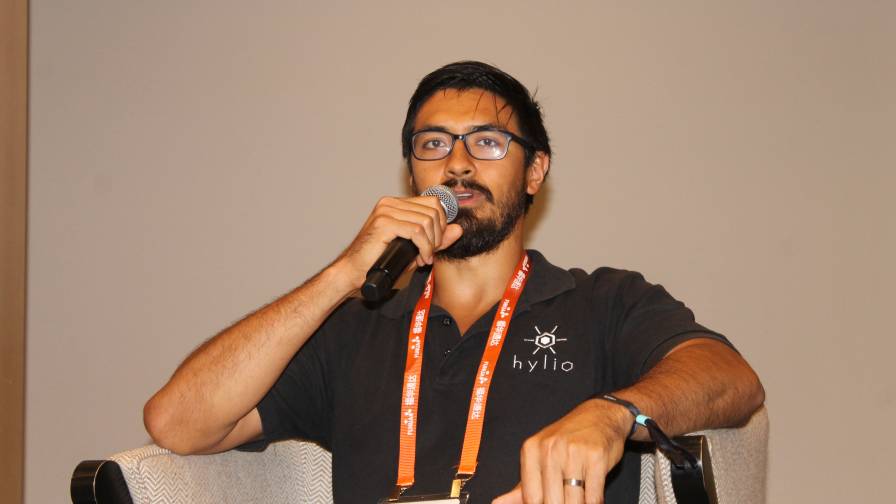Agricultural Spray Drones in 2023: Trade Summit Panel Highlights Market Progress and Limitations

From left: The panel for the session “Advancements in Formulation with Drone Applications” included Scott Tann, North America Business Manager at Lamberti USA, Arthur Erickson, CEO and Co-Founder of Hylio, Inc., and Dr. Piyatida Pukclai, Regulatory Policy Manager at Knoell.
The past few months now, most people in the agricultural community have been talking about one kind of technology vs. all others: Drones. In fact, according to data compiled Purdue University, drone adoption among many segments of U.S. agriculture is in the 30% range. This compares with usage rates in the single digits just a few years ago.
In his market evaluation, Arthur Erickson, CEO and Co-Founder of Hylio, Inc., agrees with this assessment. “It used to be a challenge to get farmers to try drones,” said Erickson, speaking at the 2023 AgriBusiness Global Trade Summit in early August. “Fortunately, there are so many drones out there now that people in the industry have seen them in action for themselves. So, we are now past the education stage for drones. We are now in the competitive stage, where potential customers are asking ‘why is your drone better than the other guy’s?’ That’s true capitalism.”
Erickson went on to say that for his company, approximately 90% of the drone inquiries in recent months have come from row crop growers. Among the most popular products to apply via drone are fungicides, he added.
Outside of the U.S., drone usage has become even more popular.
According to Dr. Piyatida Pukclai, Regulatory Policy Manager at Knoell, Asia is a particular hot spot for drones these days, with countries such as Japan, South Korea and China leading the way.
“In Japan, there have been many drones being used for agriculture for more than five years now,” said Pukclai
There still, however, are a few technical issues to be worked through, added Scott Tann, North America Business Manager at Lamberti USA. Perhaps the most pressing of these concerns droplet size.
“There are some formulation problems the industry will have to overcome,” said Tann. “Everyone using drones is looking for smaller droplets to reduce drift potential, but smaller droplets tend to dry out very quickly. To work properly, droplets need to have a liquid nature to them.” He added the use of surfactants might provide some help with this issue.

Hylio’s Erickson is bullish that future adoption of drones in agriculture will definitely happen within the next five years.
According to Hylio’s Erickson, one thing NOT to expect from future drones is hugeness. “In the U.S., bigger is always better, but we are not going to see drones the size of helicopters!” he said. “Drones that size would be too expensive to fuel and transport. So will probably see drones getting to the 20- to-40-gallon payload ranges, but no larger than that.”
Furthermore, Erickson is bullish that future adoption of drones in agriculture will definitely happen within the next five years. “I think their acceptance will be universal,” he said. “In fact, drones will become so commonplace that we won’t be talking about something new like we are right now!”






